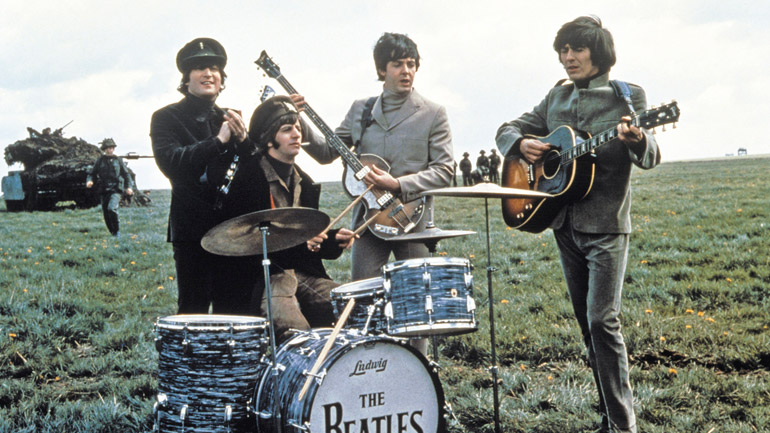Videos by American Songwriter
With e-book no. 5, “Melodic Rhyme,” “Measure for Measure” once again draws a bead on the songwriter’s most fearsome foe: the blank page. The May/June and July/August columns introduced the idea of melodic words and melodic rhymes, which are the musical counterparts to the everyday words and rhymes we use in writing lyrics. In this 15-page study, we take a closer look at how melodic words work in hit songs.
Three songs are considered: “It’s Only Love,” “Nowhere Man,” and “Teach Your Children.” If you’ve ever wondered why these songs continue to sound fresh and emotionally affect audiences today, decades after they were first released, you may find some of the answers to these mysteries here. Melodic words and melodic rhymes occur in all styles, so the insights you gain are highly likely to apply to your own area of interest, no matter what it might be.
In addition to melodic words and three types of melodic rhymes, we discuss two vital aspects of songwriting that have always been with us, but somehow flying under the radar: resonance (the layering of meaning through rhyme), and The Power of Three, which is the subject of the September/October column.
“Measure for Measure” is all about the connections between everyday language and the musical language—the two mediums that form the bread and butter, if not the DNA of songwriting. Melodic rhyme is one of those bridges between the two, one that’s so simple and so obvious, it’s a wonder it hasn’t been described before. Once you understand it, you’ll find it easy to add to your repertoire of songwriting skills. And why not, since you’ve been thinking in words and rhyme ever since you learned to talk?
All you have to do is e-mail info@americansongwriter and write “Melodic Rhyme Ebook Request” in the subject line. And the next time you face off with the blank page, chances are you’re going to like your odds of winning a whole lot better.













Leave a Reply
Only members can comment. Become a member. Already a member? Log in.